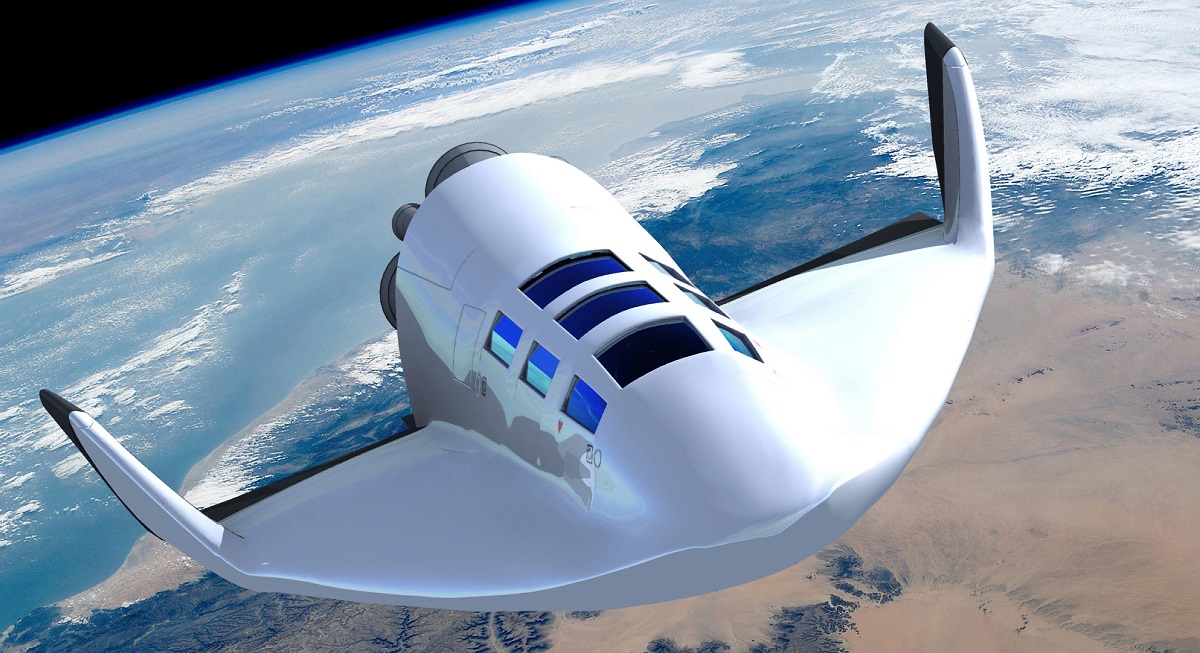As long as Dassault Aviation has been designing jet aircraft, the idea of conquering altitude has been intrinsically linked to conquering speed. In the 1950s, in the military and strategic context of the Cold War, this meant being consistently responsive and providing the possibility of leading combat in very high altitudes.
In order to ensure optimal operational use, numerous prototypes of aircraft, capable of cruising in the higher atmosphere, were flight-tested. Some production aircraft, like the Mirage III, even broke altitude records with the help of a special propulsion.

Dassault Aviation also designs and manufactures civilian Falcon aircraft using advanced military aircraft technology. These business aircraft differ from commercial transport aircraft by a higher cruising altitude, with a less constrained flight envelope.
In the aeronautics sector, for example, Dassault Aviation has been frequenting the skies for decades. This is a bit of the “hallmark” of the company that will continue with the Future Combat System (Scaf) and future Falcons.
The need to go higher and to go beyond the atmosphere came about with the first projects of aerospace carriers using completely or partially reusable launchers (Tas, Star-H, Everest, etc.).
Then came the Hermès space plane. This program allowed the development of new skills to study a wide range of aerospace vehicles capable of performing suborbital (vehra, VSH,…) and orbital (X-38, IXV,…) flights. These projects shed light, technical and operationally, on the aerospace continuum and how to get back from the orbit.
Dassault Aviation applies its expertise to these vehicles so that they integrate as seamlessly as possible into a common aeronautical environment. Our most recent spaceplane projects incorporate this experience, which, in a few years’ time, will enable a faster and improved transport of millions of passengers to the antipodes.
The spaceplane revolution has only just begun and Dassault Aviation is ready for it.


